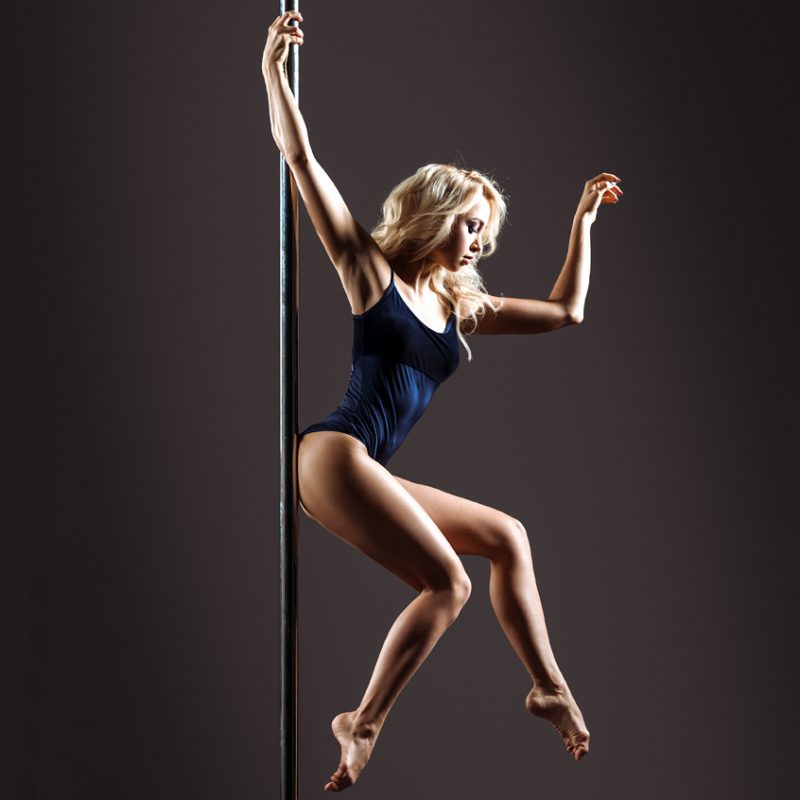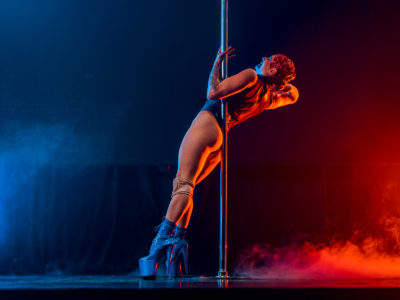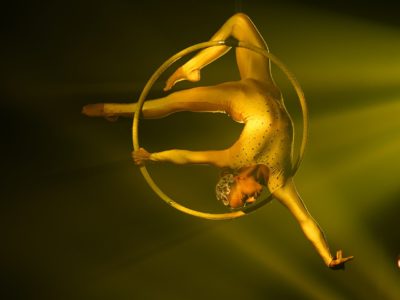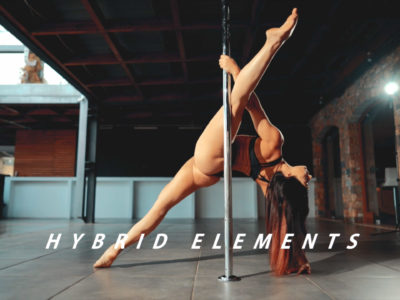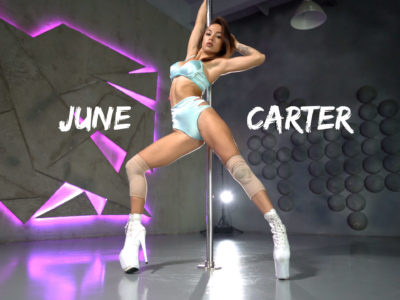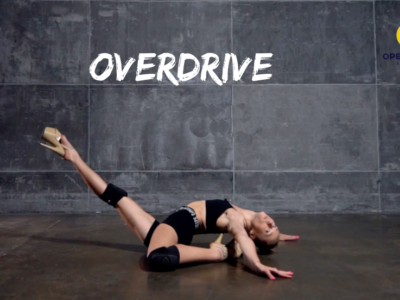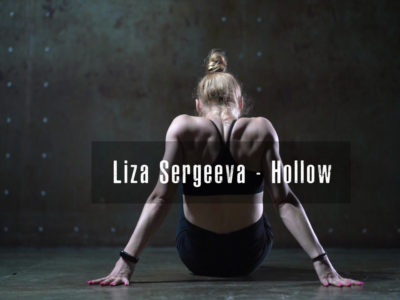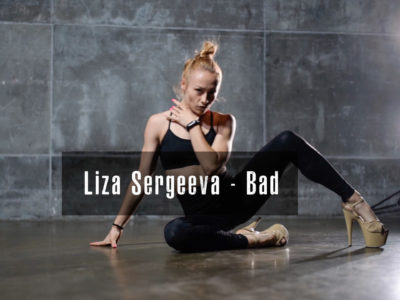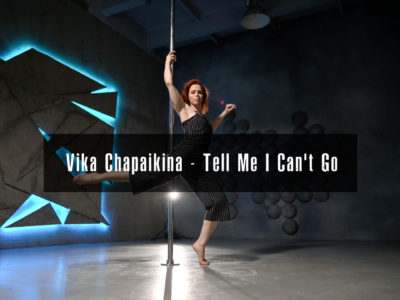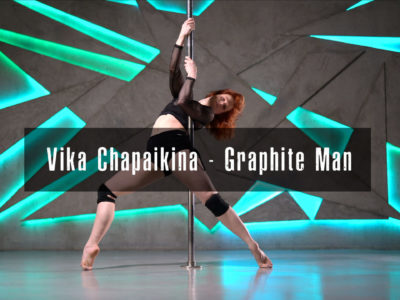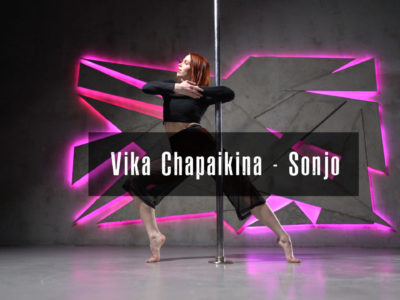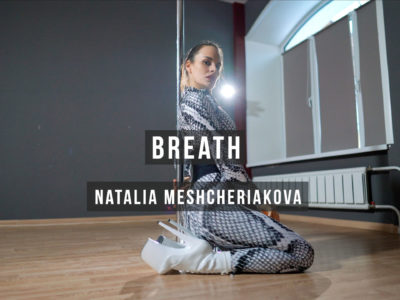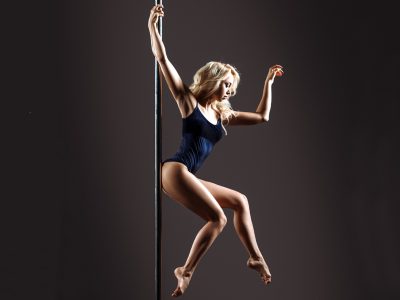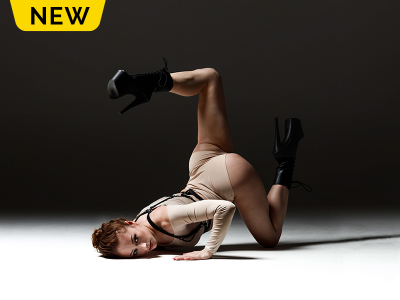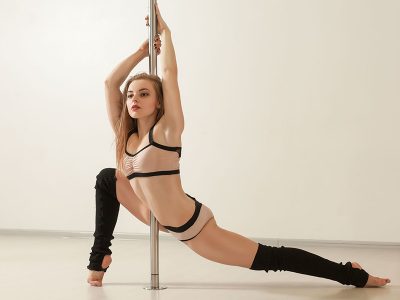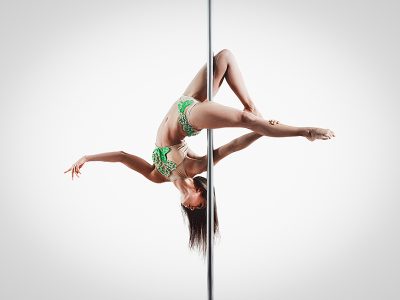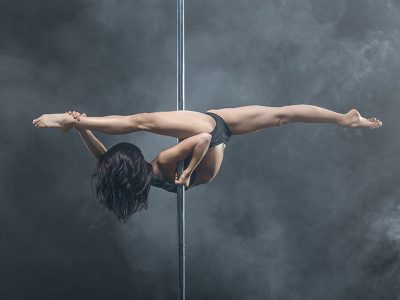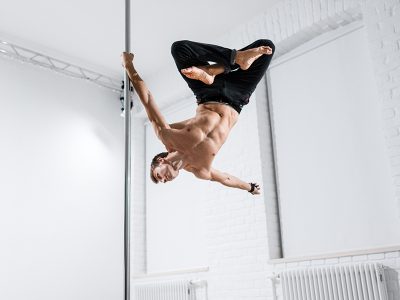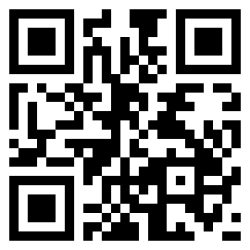POLE DANCE PLATINUM CLASS
FLEXIBILITY & STRETCHING CLASS
Frequently Asked Questions (FAQ) about Pole Dancing Classes
How long does it take to learn pole dancing?
The time it takes to learn pole dancing varies depending on several factors, such as your fitness level, experience in dance or gymnastics, and how often you practice. However, here are some general guidelines to help you get an idea of the time it might take to learn pole dancing.
Beginner Level: At the beginner level, you will learn basic pole dance moves such as spins, climbs, and sits. If you are new to pole dancing, it may take you about three to six months of consistent practice to feel comfortable with these moves. You should practice at least two to three times a week for an hour each session to see progress.
Intermediate Level: At the intermediate level, you will learn more advanced moves such as inverts, leg hangs, and handstands. Depending on your dedication and consistency, it may take you anywhere from six months to a year to reach this level. At this stage, you should be practicing for at least three to four times a week for an hour each session.
Advanced Level: At the advanced level, you will be performing complex and intricate moves such as aerial spins, drops, and flips. It may take anywhere from one to three years of consistent practice to reach this level, depending on your natural ability and how often you practice. At this stage, you should be practicing for at least four to five times a week for an hour each session.
Keep in mind that these are just rough estimates, and the time it takes to learn pole dancing can vary from person to person. Additionally, everyone’s fitness level, flexibility, and strength will differ, so the progress will vary accordingly. Consistency, dedication, and regular practice are the keys to mastering pole dancing.
What to know before your first pole dancing class?
If you’re interested in taking your first pole dancing class, here are some things to know beforehand:
- Wear appropriate clothing: To grip the pole, you’ll need to wear shorts that expose your skin on your legs and a top that is comfortable and allows for ease of movement. Avoid clothing with zippers, buttons, or jewelry that can snag or scratch the pole.
- Hydrate and eat properly: Pole dancing is a physically demanding workout that requires a lot of energy, so it’s important to drink plenty of water and eat a nutritious meal before class.
- Come with an open mind: Pole dancing is often associated with exotic dancing, but it’s important to approach it as a form of fitness and art. Leave any preconceived notions or judgments at the door and be open to trying something new.
- Listen to your body: Pole dancing requires a lot of strength and flexibility, and it’s important to listen to your body’s limits. Don’t push yourself too hard, and always ask your instructor for modifications if you have any injuries or limitations.
- Embrace the community: Pole dancing classes are often filled with a diverse group of people from different backgrounds and fitness levels. Embrace the community and support each other as you learn and grow together.
- Don’t be intimidated by the pole: The pole can seem intimidating at first, but remember that everyone starts somewhere. Your instructor will guide you through the basics and help you build your strength and confidence over time.
- Practice good hygiene: Pole dancing requires skin-to-pole contact, so it’s important to practice good hygiene. Always clean the pole with a disinfectant before and after use, and avoid using lotion or oils on your skin before class.
By keeping these things in mind, you’ll be ready to embrace the exciting and challenging world of pole dancing!
How to learn pole dancing at home?
Learning pole dancing at home can be a fun and challenging experience that can help you develop strength, flexibility, and confidence. There are several ways to go about it, including practicing on your own, following video tutorials, or taking online classes. However, the best way to learn pole dancing at home is through quality online classes. Here’s why:
- Expert guidance: Quality online pole dancing classes are led by certified instructors who are trained to teach proper technique and form. They can provide personalized feedback and corrections to help you improve your skills and avoid injuries.
- Structured curriculum: Online pole dancing classes typically follow a structured curriculum that is designed to build upon your skills gradually. This ensures that you are learning the foundational moves and techniques correctly before moving on to more advanced ones.
- Variety of classes: Quality online pole dancing classes offer a variety of classes that cater to different levels of skill and fitness. This allows you to choose the classes that suit your needs and interests, whether you’re a beginner or an experienced dancer.
- Convenience: Learning pole dancing at home through online classes is convenient as it allows you to practice at your own pace and schedule. You can also access the classes from anywhere, which means you don’t have to travel to a physical studio to take lessons.
- Affordability: Online pole dancing classes are typically more affordable than in-person classes, as they don’t require the overhead costs associated with a physical studio. This makes it an accessible option for people who want to learn pole dancing but may not have the budget for in-person classes.
When choosing online pole dancing classes, look for those that offer high-quality video instruction, clear explanations, and a supportive community. Make sure to also invest in a sturdy, high-quality pole for your home practice, and take the time to warm up properly before each session.
Overall, learning pole dancing at home through quality online classes is an effective and convenient way to develop your skills, build strength and flexibility, and have fun.
How much do pole dancing classes cost?
The cost of pole dancing classes can vary depending on a number of factors, including the location of the studio, the level of instruction offered, the length of the class, and any additional amenities or services provided.
On average, pole dancing classes can cost anywhere from $20 to $50 per class, but this can vary significantly depending on the location and studio. In some areas, classes may be less expensive, with prices ranging from $15 to $30 per class, while in larger cities or more upscale studios, prices may be higher, with some classes costing $50 or more.
Some studios offer discounted rates for students who sign up for multiple classes or purchase class packages, which can help to bring down the cost per class. For example, a studio may offer a package of 10 classes for $150, which would bring the cost per class down to $15.
In addition to the cost of the class itself, there may be other fees associated with pole dancing classes. Some studios may require students to purchase their own pole dance shoes or grips, which can range in price from $20 to $100 or more, depending on the brand and style. Others may charge additional fees for access to amenities such as showers or changing rooms.
It is also worth noting that the cost of pole dancing classes can increase as students progress to higher levels of instruction. Beginner-level classes may be less expensive than intermediate or advanced classes, which may require more specialized equipment or instruction.
Overall, the cost of pole dancing classes can vary widely depending on a number of factors, but on average, students can expect to pay anywhere from $20 to $50 per class. Students should do their research and compare prices at different studios to find the best value for their budget.


